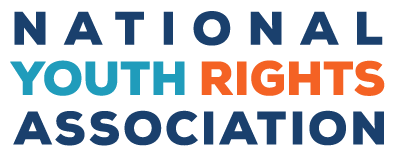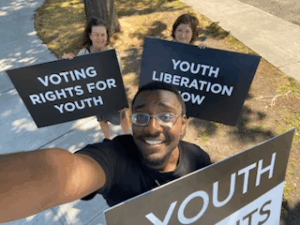Reposted from Protect 18 with permission from the author.
The recent inventions of vape and JUUL and their prevalence among teenagers have undoubtedly raised extreme moral panic around tobacco usage. Beginning around 2010-2011 tobacco use among U.S. middle and high schoolers started to rise due to the introduction of e-cigarettes, starting at around 2.1 percent and rising to an astonishing 38 percent in 2019, although nearly all other forms of tobacco use decreased over the time period. Not to mention that this indiscriminately includes all that have tried vaping or e-cigarette, even if they are not addicted or regular users, which distorts the image.
With an up peek in smoking among teens due to the introduction of e cigs, vape, and smokeless tobacco, which has prompting raising the smoking age to 21, we can’t ignore the tremendous progress in the decrease of tobacco use with a smoking age of 18 or lower. From 1955 to 1997, the smoking rate for men has decreased from 55 percent to 35 percent and decreased for woman from 35 percent to about 35 percent between 1965 and 1997. The years between 1990 and 2015 also saw the most dramatic decrease of deaths attributed to tobacco-related cancers for both males and females, when the legal tobacco age was 18 in most states. With these significant decreases in tobacco use it is obvious that progress can be made with decreasing tobacco usage while maintaining a legal age of 18 to use tobacco products.
The whole concept of having a tobacco age of 21 only arose with the new tobacco technologies that became popular among teenagers, causing a moral panic like that around drunk driving 30 years earlier. The argument for raising the tobacco age argues that most smokers began under age 21, but discrepancies in the CDC representation of these facts are worth a look at. They claim, “nearly 9 out of 10 cigarette smokers first try cigarette smoking by age 18” yet they claim “98% first try smoking by age 26.” Reading between the lines this measurement offers much room for interpretation. The statistics are obviously framed to induce a sense of urgency such as “9 out of 10” and “98%”, but the term “try” offers so much ambiguity, that someone 18 could have tried tobacco products, but they can’t confirm that they become addicted at that age, nor can they present an alarming percentage. The only startling statistic of tobacco usage is as far ahead as age 26 where “98% of smokers have first tried a cigarette” meaning a minimum age of 21 is hardly saving the most vulnerable. Not to mention only raw numbers rather than a percent were used to represent the increase of tobacco use among middle and high school e cigarette users, from 3.6 million in 2018 to 5.4 million in 2019. The fact that a percent wasn’t provided may indicate an insignificant percent of that population, which would bring less presidency to the movement to restrict the legal age of tobacco beyond the age of majority.
In December 2019, President Donald Trump signed a nationwide tobacco age of 21 on a sweeping spending bill, one on a $1.4 trillion spending agreement. For years a bipartisan mix of senators have been finding a mean to put the prohibition into effect, and this spending bill was their solution. The measure to raise the age to 21 is widely supported in the administration and above public and private health officials in effort to reduce teen use of tobacco. However, many experts admit that further reforms in the tobacco industry is what’s crucial to making changes, such as outlawing flavored tobacco products. As one can see the act was essentially raised by corrosive action, by monetary threats for not complying making this decision nearly impossible to oppose due to the trillion-dollar threat. This was a major advantage for organizations to federally raise the age which may have not been possible by democratic means, suggesting that this issue doesn’t have enough support. It’s also obvious that despite health experts support of the law, they understand that much more needs to be done in regulating the marketing of tobacco products and that should serve as the major determent for youth smoking.






While I don’t agree with the rationale, their thinking is that while not ideal, is that it’s better to inconvenience 18, 19, and 20-year-olds by extending the ban on tobacco and e-cigarette use to that age group rather than having the products banned for all adults. It’s simply a profitable and political move. While Juul and Big Tobacco may say that they’re against use for, under 21s, I really doubt that they genuinely care if an 18-year-old uses their products. Again, it’s about protecting their bottom line especially with all the controversy over banning flavors including menthol. So in order to appear like they are doing something for the sake of doing something, they cowardly singled out the youngest adults in the pack. They know that the voter participation in this age group is embarrassingly low and are the least likely to have the financial resources to donate and lobby the government. Big Tobacco and JUUL are in sync with politicians.